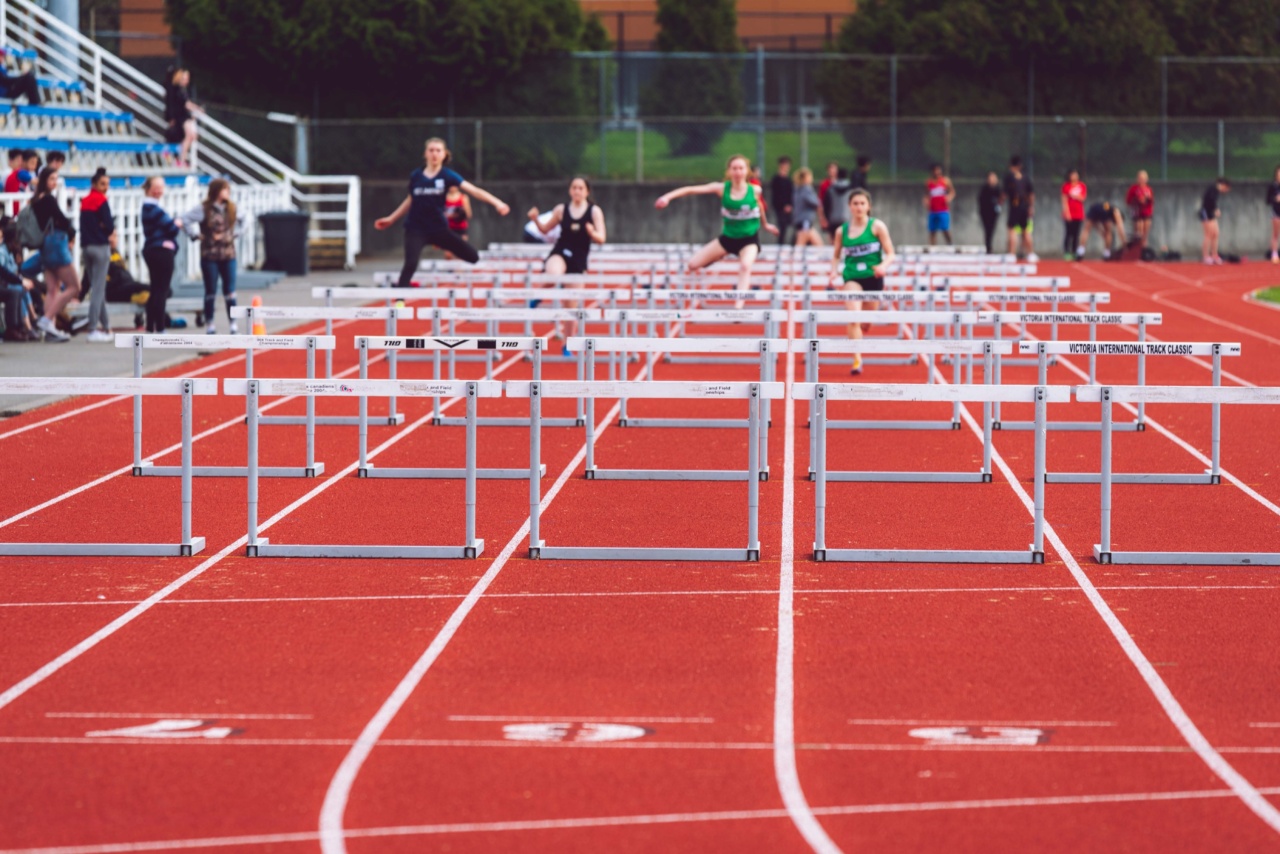Walking and running are natural human movements that have been essential for our survival and daily activities for thousands of years.
However, in recent years, a new trend has emerged that takes these basic movements to a whole new level – upside walking and running. This challenging form of exercise tests the limits of our strength, flexibility, and balance, pushing the boundaries of what we thought was possible.
In this article, we will explore the benefits and challenges of upside walking and running, and how it has gained popularity among fitness enthusiasts around the world.
The Upside Walking and Running Technique
Upside walking and running involves literally turning the world upside down by walking or running on your hands while your legs are elevated in the air.
This unconventional form of exercise has its roots in gymnastics and yoga, where practitioners perform handstands and inversions to build core strength and improve body control. Upside walking and running take these principles to the next level by combining the benefits of hand balancing with the cardiovascular intensity of walking and running.
The Benefits of Upside Walking and Running
Upside walking and running offer a unique set of benefits that cannot be easily replicated by other forms of exercise.
Firstly, it targets muscles in the upper body, especially the shoulders, arms, and core, which are often neglected in traditional walking and running exercises. By constantly supporting your body weight on your hands, you develop impressive upper body strength and stability. This can help improve your posture, enhance your overall athletic performance, and reduce the risk of injury in other activities.
Additionally, upside walking and running require exceptional balance and coordination. As you walk or run on your hands, you engage your core muscles, leg muscles, and even your mind to maintain stability.
This challenges your proprioceptive system – the body’s ability to sense its position in space – and helps improve your overall body awareness. The increased focus and concentration required in this form of exercise can also have a positive effect on your mental well-being, reducing stress and improving cognitive function.
The Challenges of Upside Walking and Running
While upside walking and running offer numerous benefits, it is crucial to acknowledge the challenges associated with this unique form of exercise. Firstly, it requires a high level of upper body strength and flexibility.
Beginners may find it challenging to support their body weight on their hands for an extended period, and it takes time and practice to build the necessary strength and mobility. It is important to start slowly and progress gradually to prevent injuries and muscle imbalances.
Upside walking and running also require a solid foundation in basic walking and running techniques.
Before attempting to walk or run on your hands, it is essential to have a strong understanding of proper form and technique in regular walking and running exercises. This will help you execute the upside walking and running movements more efficiently and reduce the risk of injuries.
Another significant challenge of upside walking and running is the risk of falling. Being upside down and relying solely on your hands for support puts you in a vulnerable position.
It is crucial to train in a safe and controlled environment, using appropriate equipment such as padded mats or having a spotter to assist you. Falls can happen, and it is essential to take precautions to minimize the potential for injuries.
Getting Started with Upside Walking and Running
If you are intrigued by the idea of upside walking and running and want to give it a try, it is important to approach it with caution and proper guidance. Here are some tips to help you get started:.
1. Build Upper Body Strength
Strengthening your upper body is crucial for upside walking and running. Include exercises such as push-ups, tricep dips, and shoulder presses in your routine to develop the necessary strength and stability in your arms, shoulders, and core.
2. Improve Flexibility
Flexibility is essential for performing upside walking and running movements safely. Incorporate stretching exercises that focus on your wrists, shoulders, and hamstrings to increase your range of motion and prevent injuries.
3. Work on Balance and Coordination
Practicing balance exercises, such as yoga or tai chi, can help improve your overall stability and body control.
Additionally, incorporating exercises that challenge your balance, such as single-leg squats or standing on an unstable surface, can further enhance your coordination skills.
4. Progress Gradually
Upside walking and running may take time to master, so start by practicing against a wall for support. Gradually increase the duration and distance as you gain confidence and strength.
Avoid rushing the process and listen to your body to prevent overexertion or injuries.
Conclusion
Upside walking and running may seem like an extreme form of exercise, but for those looking to challenge their physical limits and expand their fitness repertoire, it offers a unique and rewarding experience.
The benefits of building upper body strength, improving balance and coordination, and enhancing body awareness make upside walking and running a worthy addition to any fitness routine. However, it is important to approach this activity with caution, gradually building strength and technique to ensure safety and minimize the risk of injuries.
So, if you’re ready to push the boundaries of traditional walking and running, give upside walking and running a try!.






























